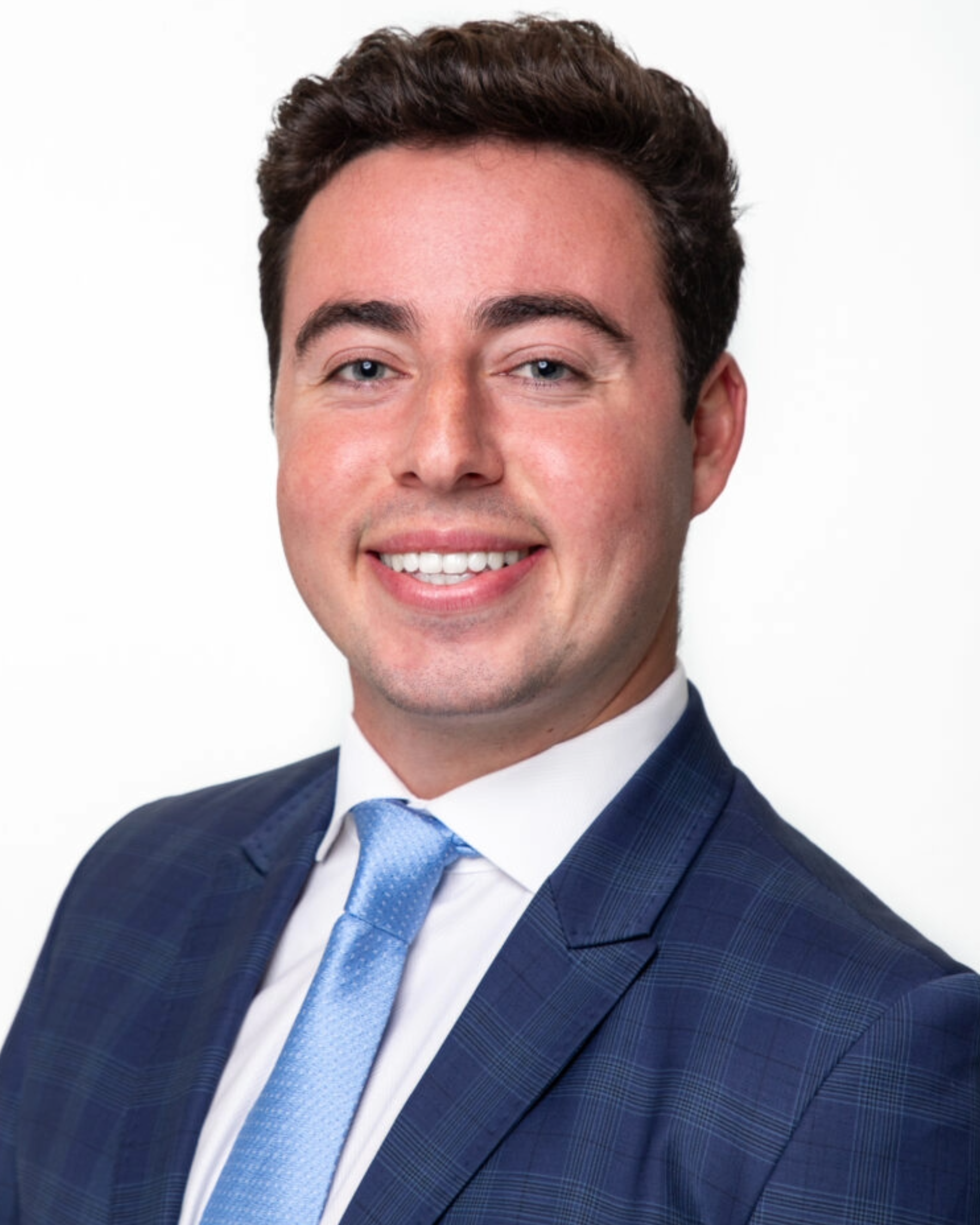The Wizard of OZ (that’s “Opportunity Zones”): Kowalski on What’s Next From Treasury, Part 2 of 2 by Flanigan
 Daniel Kowalski on what’s next from treasury, Part 2 of 2
Daniel Kowalski on what’s next from treasury, Part 2 of 2
New York City, Connect Opportunity Zone Conference, Harvard Club, October 22nd, continued: As December 31st (a mini-“D-Day”) approaches for the OZ program (very “mini” in the opinion of many), and the U.S. Treasury Department works on the final OZ regulations, I had the opportunity to interview, and the audience at the Connect Opportunity Zones Conference had the opportunity to hear, Daniel Kowalski address some important questions still unresolved about the OZ program.
I summarized some of the interview results in Part 1, published in the November 19th issue of NYREJ including:
- When Treasury might issue the final regs (Answer: by year end);
- Allowing asset sales by OZ Businesses after 10 years rather than just sale of direct or indirect equity in such Businesses (Answer: some relief likely); and
- Possible extension of the December 31st, 2019 deadline for an investment to qualify for the initial 5% gain reduction (Answer: highly unlikely).
Items deferred to this Part 2 are:
- Difficulties caused by the regs’ seeming requirement to follow the asset-by-asset method of complying with the substantial improvement test;
- Difficulties caused by the regs’ treatment of “interim gains” (see my article of July 2nd, 2019, “Interim Gains & Reinvestment”); and
- The rule that 70% of the tangible property of the OZ business must be “used in the zone 90% of the time.”
Asset-By-Asset vs. Aggregate Valuation Methodology
The implication in the current draft of the regs is that, for a business to satisfy the substantial improvement test requirement that the initial basis in the OZ business’s property must be increased by more than 100%, each item must be separately valued rather than in the aggregate. (Groan: OK, gang, spread out and count those paper clips! What are they worth? Are the newer ones worth more than the older?) At a minimum, this would be an accounting nightmare and seems irrational in that it might mandate payment of a penalty if a large number of individual items fail to meet the test even though, overall, improvements to the newly acquired property constitute substantially more than a 100% increase in value. Again, being careful and not very specific about the exact form of the solution, Mr. Kowalski indicated that a somewhat favorable tweak on this issue is being favorably considered.
Interim Gains
I also raised with him the issue of recycling of interim gains (or losses for that matter), a significant problem that I discussed in detail in my article of July 2nd, 2019, “Interim Gains & Reinvestment.” This is not an unimportant issue for real estate players, who have not traditionally been forced to hold assets beyond 10 years, but it is especially important to “venture capital” investors in startups and other operating businesses who not only have a shorter time horizon than 10 years for harvesting gains but must often take advantage of market highs to reap their gains, including bailing out of an investment “while the gettin’ is good.”
The “ask” of Treasury by market participants is that the OZ fund be allowed to sell an investment before 10 years and reinvest any gains in a new OZ-qualified investment without (a) having to immediately recognize that gain (thus losing the vitally important 10-year exclusion-from-gain benefit for the particular gain) while (b) maintaining the holding period for the old investment, tacking it on to the new one. The answer is, sadly, a stern “no.” Mr. Kowalski points out that Treasury must follow the language of the statute and apparent Congressional intent. He stated, to my surprise, that not one commentator had accepted Treasury’s invitation to provide authority for Treasury to give the market what it wanted in this regard. Whether this fatal neglect was due to disregard (thinking “some other guy will do it so I don’t have to”), or there is just nothing reasonable to offer on the issue, it is hard to believe that tax practitioners could not come up with something, as they have engaged in much grander heroics in the past. Challenge proffered but ignored, silence being a fatal admission on this issue.
70% of Tangible Property Must Be Used “In the Zone” 90% of the Time
Finally, I addressed what I regard as a very important issue that could prevent many valuable businesses from ever starting up in a zone or, once there, “landlock” them, thus stifling their growth since expansion might disqualify them from the benefits promised to their OZ investors. This is the requirement that 70% of the tangible property of the OZ business must be “used in the zone 90% of the time.”
There are many other possible examples, but the one I like to use is Starbucks, which, of course, began as a single coffee shop in Seattle. Without engaging in some phenomenally challenging entity formation and intercompany accounting acrobatics and tightrope-walking beyond anything the Great Wallendas ever imagined, Starbucks could not have gotten very far if it had begun in an OZ and wanted to stay there to reap the OZ benefits. On the other hand, another food-service business but purely a franchisor business (say McDonalds) would have had a reasonable chance (assuming some ambiguity in the intangible property regs is ultimately favorably clarified) of continuing to qualify because it would not be burdened with all that “tangible” restaurant equipment located outside the OZ.
Mr. Kowalski was noncommittal on this, mentioning only the five-year grandfathering provision as something that might offer some relief to a business outgrowing the zone. While the provision might be helpful during the second half of the 10-year period, it would not be of much solace during the first half since the prospect of plunging over the cliff after the 5th year (Butch and Sundance’s favorable experience notwithstanding) remains daunting to say the least.
Those final regs should be coming soon, maybe even before this article goes to press. Our breath abates.
Dan Flanigan is managing partner of the New York office of POLSINELLI.
Flanigan and POLSINELLI have provided the above material for informational purposes only. The material provided is general and not intended to be legal advice. Nothing in the material should be relied upon or used without consulting a lawyer to consider your specific circumstances, possible changes to applicable laws, rules and regulations and other legal issues. Receipt of this material does not establish an attorney-client relationship.
Meridian Capital Group arranges 10-year retail lease for Mess at 236 West 10th St.


AI comes to public relations, but be cautious, experts say - by Harry Zlokower

Behind the post: Why reels, stories, and shorts work for CRE (and how to use them) - by Kimberly Zar Bloorian

Strategic pause - by Shallini Mehra and Chirag Doshi









.jpg)

.gif)